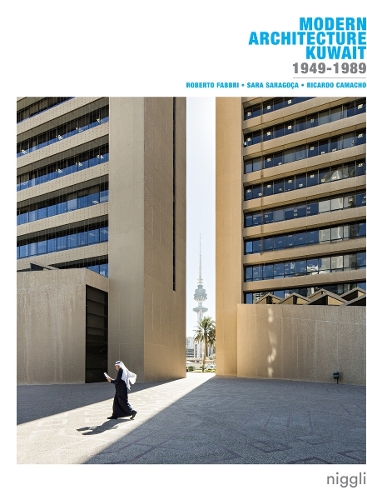
Modern Architecture Kuwait: 1949 -1989
(Paperback)
Publishing Details
Modern Architecture Kuwait: 1949 -1989
By (Author) Roberto Fabbri
By (author) Sara Saragoa Soares
By (author) Ricardo Camacho
Niggli Verlag
Niggli Verlag
18th June 2016
Switzerland
Classifications
General
Non Fiction
720.95367
Physical Properties
Paperback
416
Width 200mm, Height 260mm
1420g
Description
From the late 1940's at the inception of the oil exporting industry, via political independence in 1961, through to the late 1980's when Kuwait was invaded, the city-state experienced an etraordinary social and civic transformation, deeply inscribed in its built environment. The old coasttal town was radically tranformed through architecture and urban planning in the process of gaining wealth and automomy. Important foreign and local architects found here the possibility to expand their professional horizons and the challenge to ompose an entire city, creating important examples of Late Modern Architecture during these four decades. This publication is based on several years of multidisiplinary research, featuring a repertoire of more than 150 buildings, all fully illustrated and analyzed in order to understand the dymanics of change and innovation they represent.
Author Bio
Roberto Fabbri alternates professional practice with theoretical studies. As a designer he is currently a United Nations Development Programme consultant for the display of the Dar al-Athar al-Islamiyyah's (DAI) galleries in Kuwait. Ricardo Camacho has been active as deputy curator of its first participation in the Venice Biennale of Architecture in 2012, curator of the Conference of Kuwait Modern Architecture, and coauthor of different projects in the city. Sara Saragoca Soares has centered her practice on architectural rehabilitation projects. Since 2012 she has been working on different projects in Kuwait.
